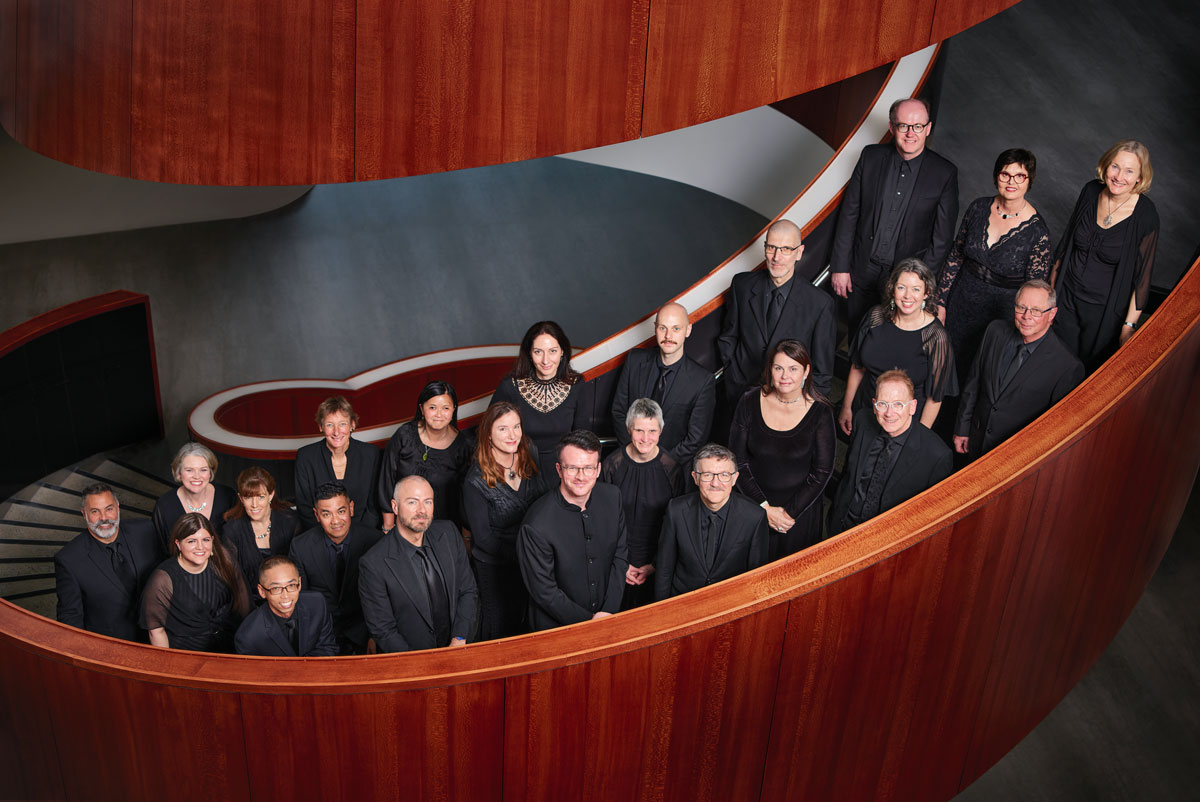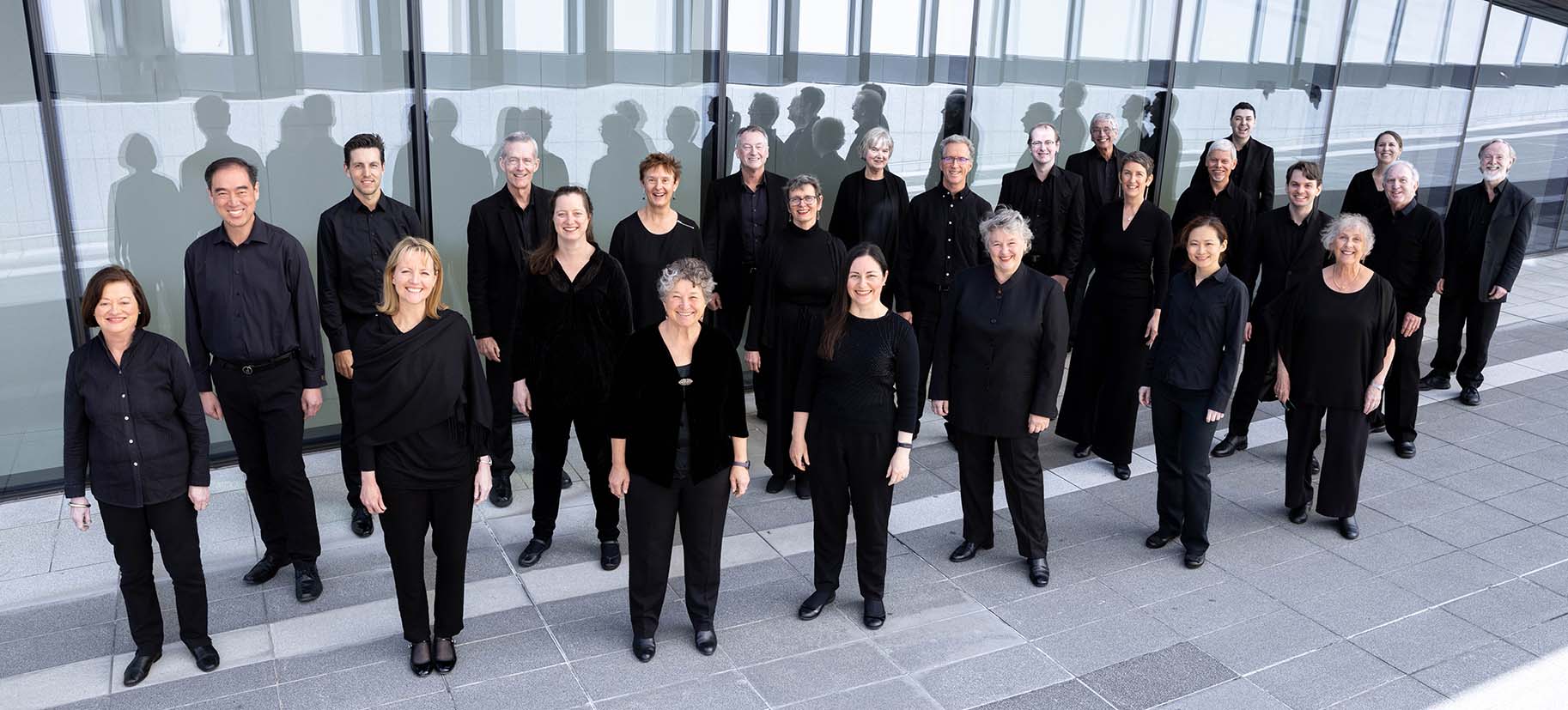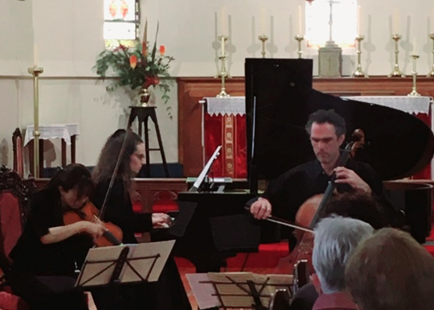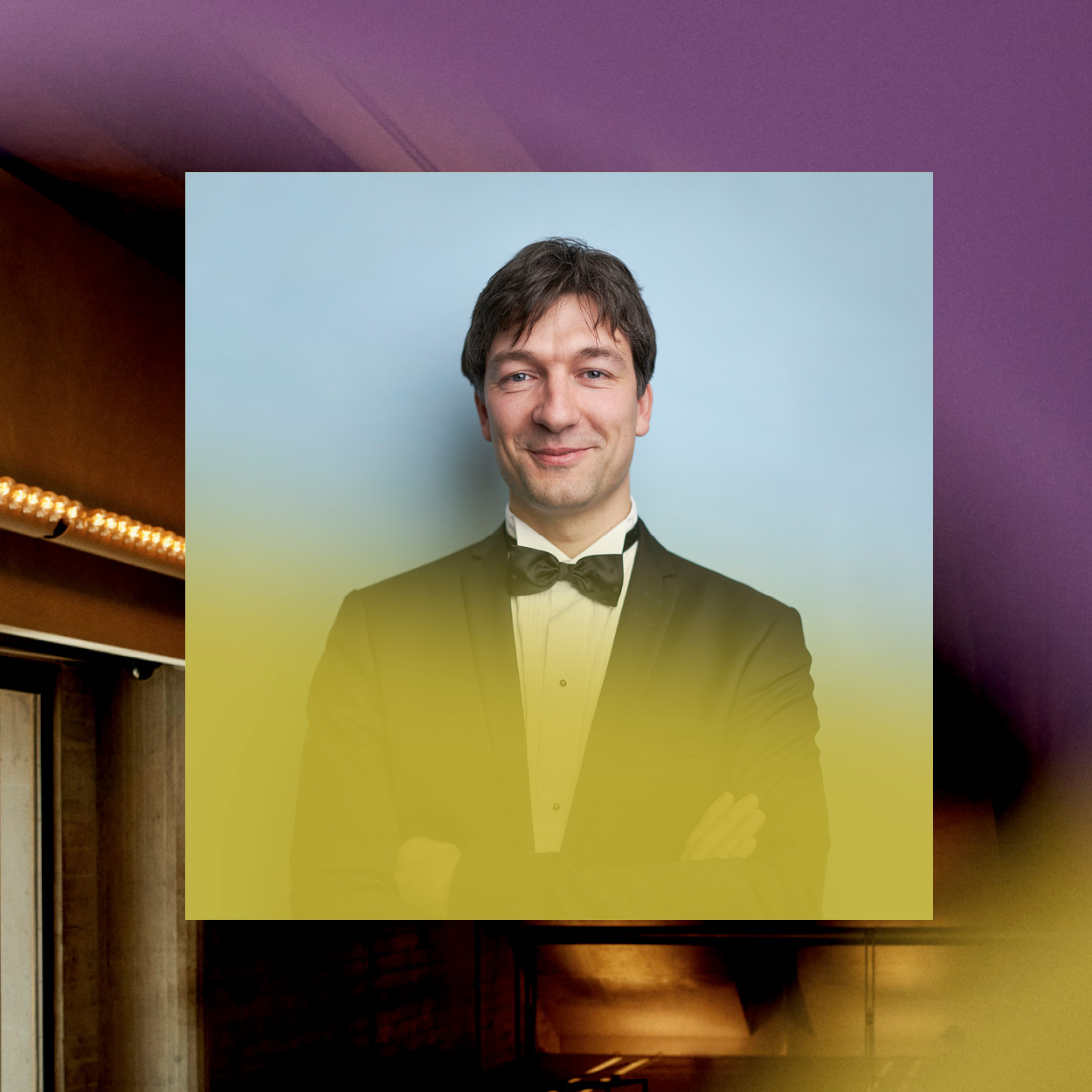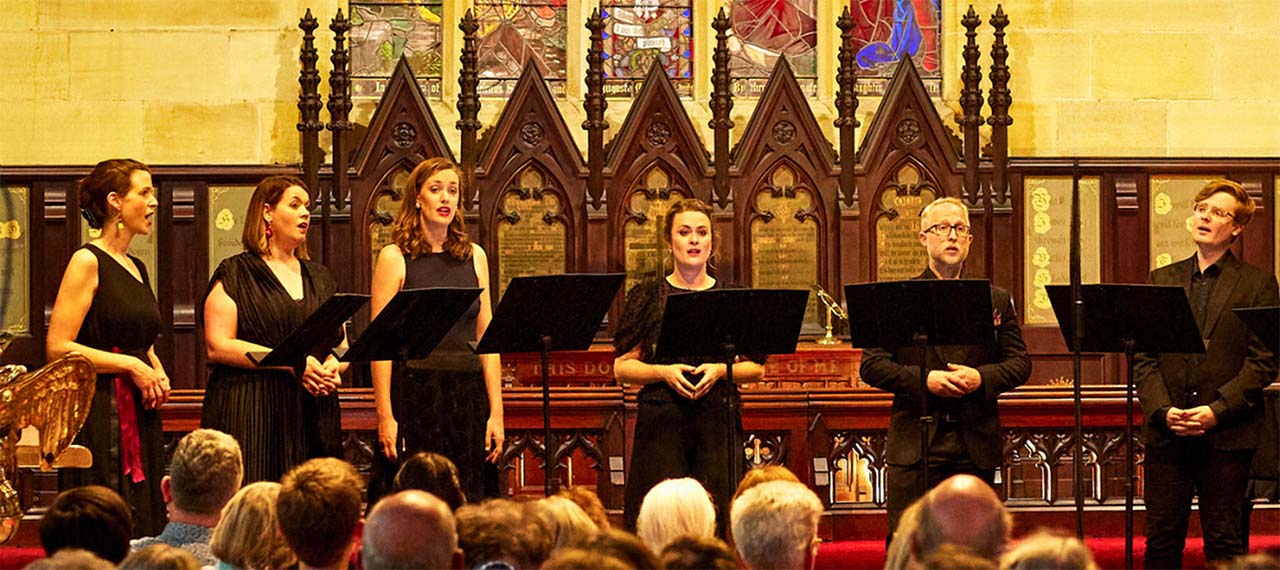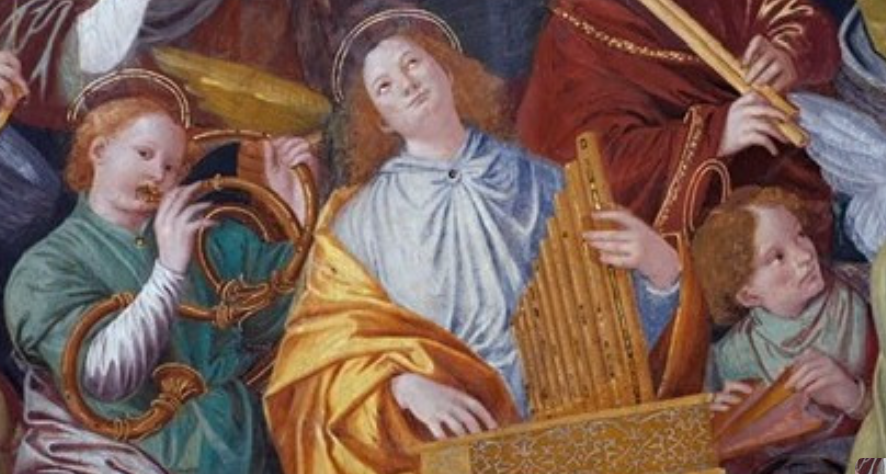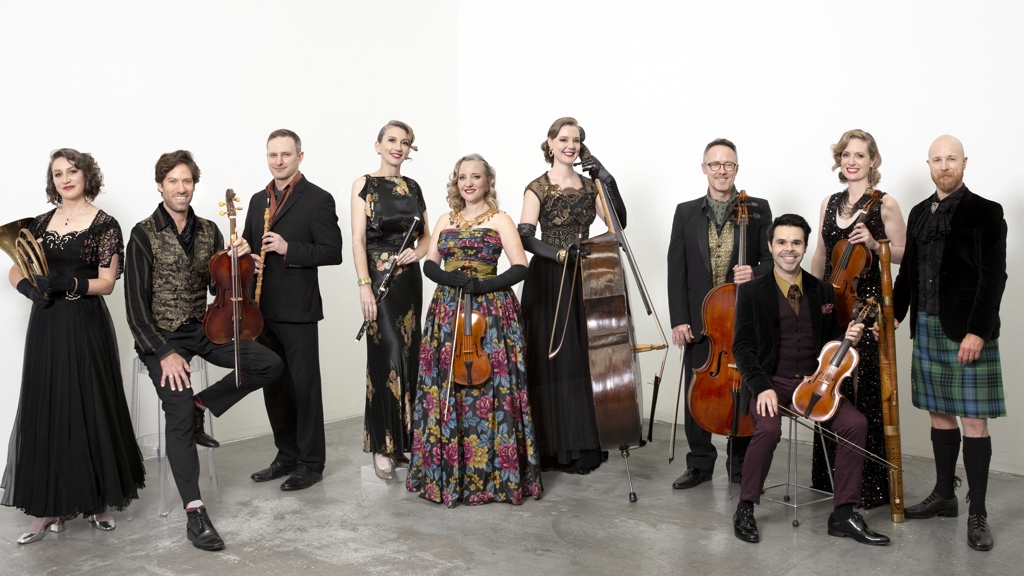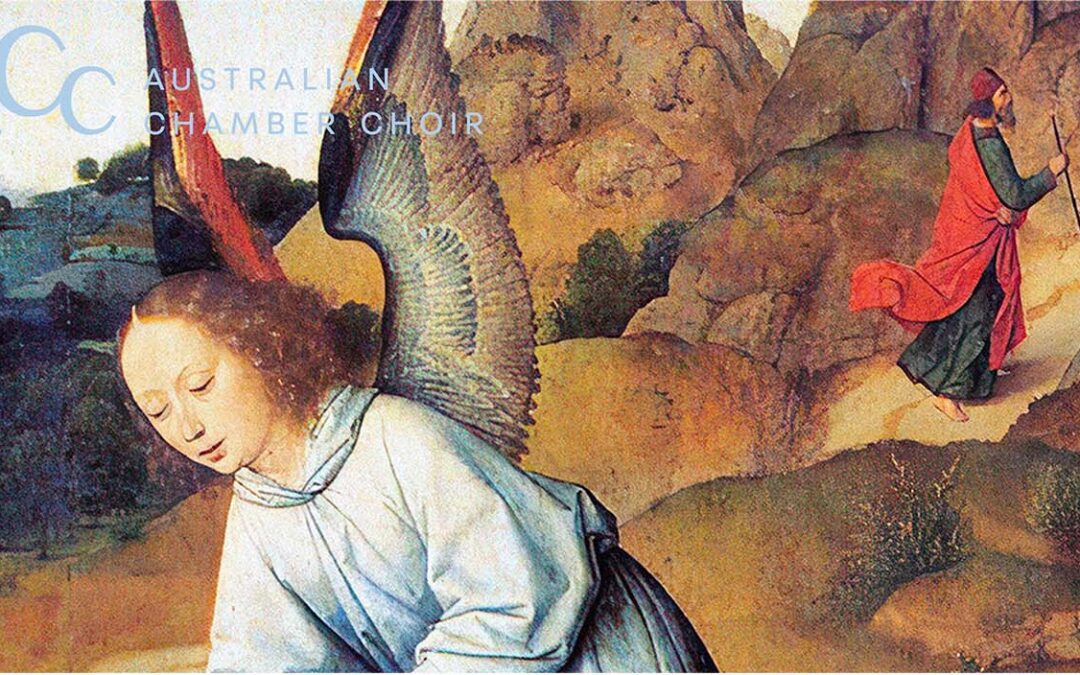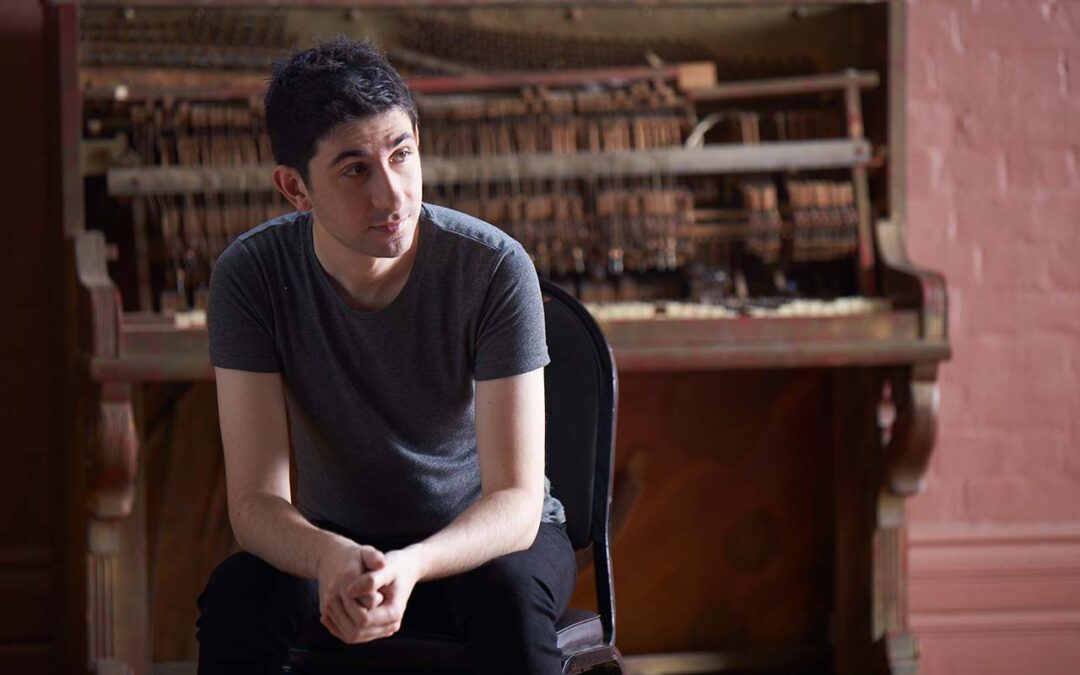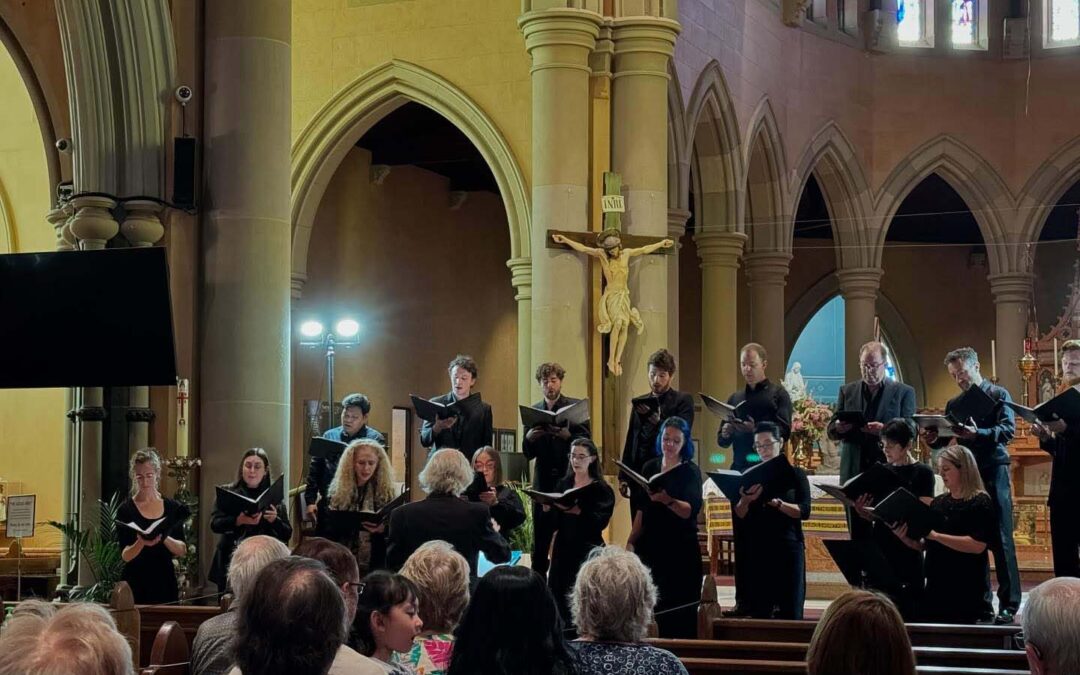Blending does not require being sonic wall flowers
One can anticipate three characteristics of a Bel a Cappella concert:
- the ensemble will be well prepared
- the program will be well constructed
- Musical Director Anthony Pasquill will have his heart firmly placed on his sleeve
The program entitled Puer natus est after a mass of the same name by Thomas Tallis. Instead of moving from the Gloria to the Sanctus and Benedictus and the Agnus Dei in sequence Anthony Pasquill programed Christmas-related music in between the sections. In doing so he redistributed the various voice parts into smaller ensembles to reinforce the multiple sonorities of the piece. Divorcing singers, at least in part, from the comfort of their fellow voice parts can be challenging. The overall effect on the sound was striking: a reflection of very good ensemble indeed! Nevertheless the middle voices seem less present than the sopranos and basses in the Sanctus and Benedictus. In such music one expects to hear the tenors sharing the burdens of producing more the ‘heavenly’ notes. Blending does not require being sonic wall flowers.
The women came to fore
After the Gloria we jumped into the twentieth century with a piece entitled Long, Long ago, by Thomas Howell. This carol – anthem of the birth of Christ Child, on the face of it, seems to harken back to Tallis while referencing figures such as Vaughan Williams. After the Sanctus and Benedictus we heard a piece by Jan Sandsrom (b 1954) who re-set a hymn by Michael Pretorious (1571-1621), Est ist ein entsprungen, into a slow eight-part cappella setting. In this the women came to fore with both the altos and sopranos floating above the men. By the end of the first half the interspersing the Tallis mass with the other pieces made sound sense. The mood set by Tallis was maintained throughout.
In the second half the mood shifted somewhat. The opening piece: Quatre motets pour the temps de Noel by Francis Poulenc managed to maintain the theological sentiments of the earlier pieces, while being located in a more recognisably French context, while at the same time hinting at just a little modernism. This illustrates why Poulenc is such an interesting composer he is traditional, culturally located and forward looking at the same time. For me this was the highlight of the concert.
Tubular bells and tam tams arranged around the chapel
The next piece Bernat Vivancos (b. 1973) Messe aux sons des cloches the ensemble was accompanied by a series of tubular bells and tam tams arranged around the chapel. It made for a performance that was at various times rollicking, celebratory, Gregorian and with a touch of the contemporary: a sonic feast worthy of the season! The final piece returned to the original mood of the first half of the concert with a lovely serene piece by Ola Gjeilo (b. 1978) featuring accompaniment for cello played by Paul Taylor.
Bel a capella is characterised by having singers with approximately equal numbers in each voice parts. This can assist in blending but if each section is not of roughly equal in power, sometimes of some of subtleties can be underplayed. In this case the tenors were a little disappointing. I must add, however, that I had not detected this in previous concerts.
When Anthony Pasquill conducts he is structured, organised and firmly in control. When he speaks to the audience, however, the heart is visibly present and his discourse is slightly less structured than his conducting. His enthusiasm, his deep (and unorthodox) knowledge of music makes for interesting programs. He is fortunate to have at his command a group of singers who make wonderful sounds at the behest of the young man who is making an increasingly important mark on sung music scene in this town.
Bel a capella’s Puer natus est at St Scholastica’s Chapel, Glebe, Sunday 23 November





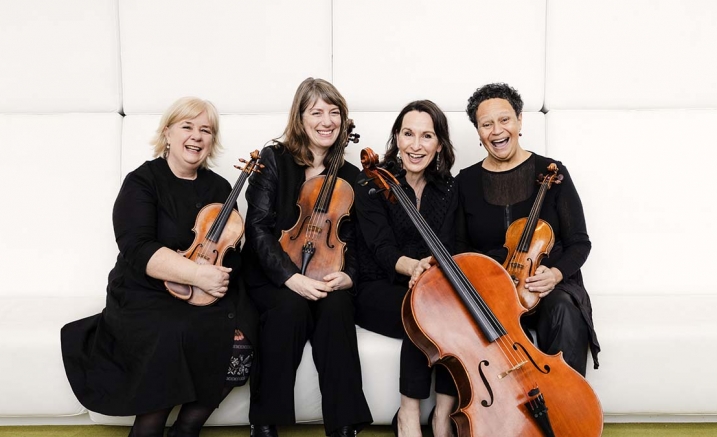



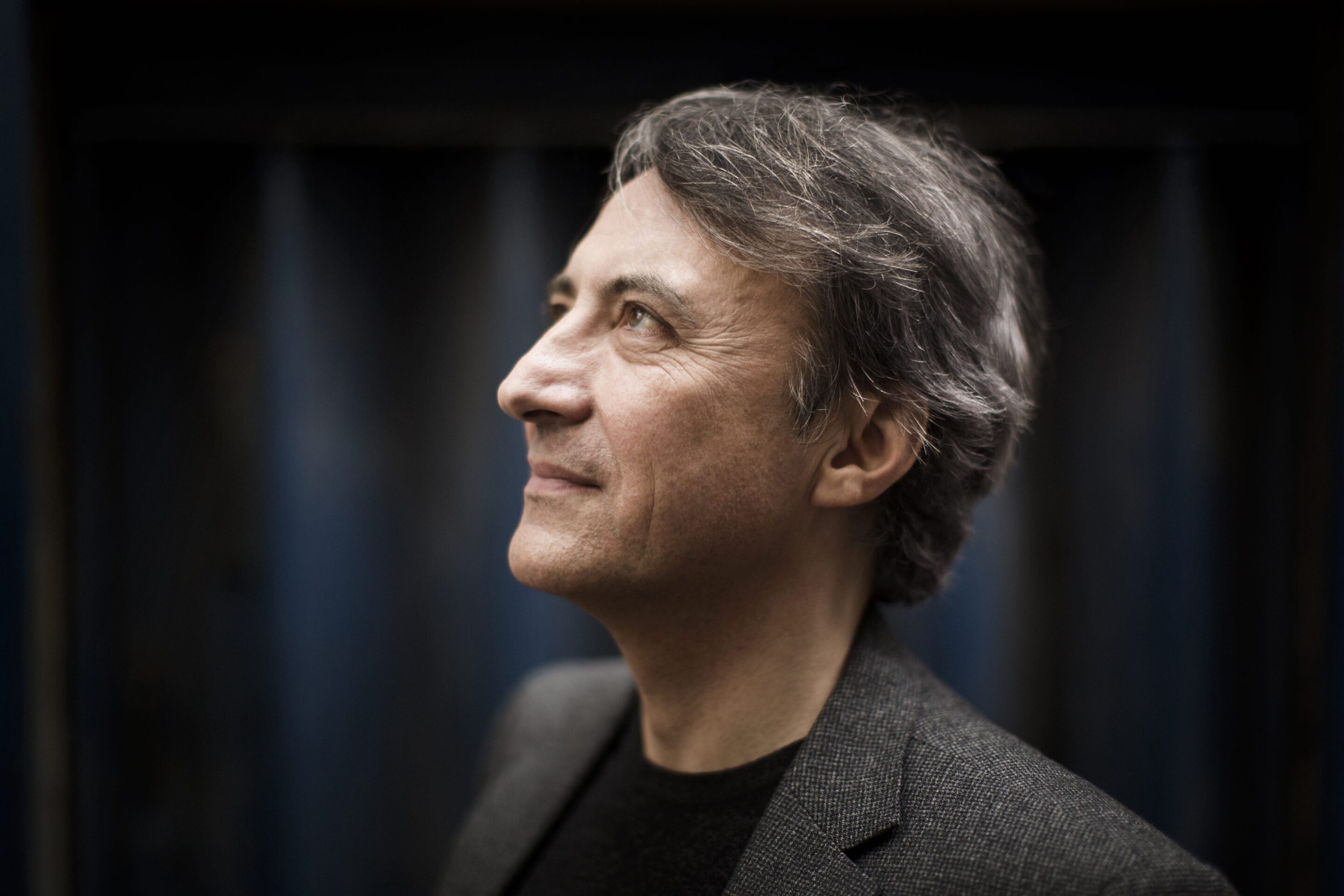

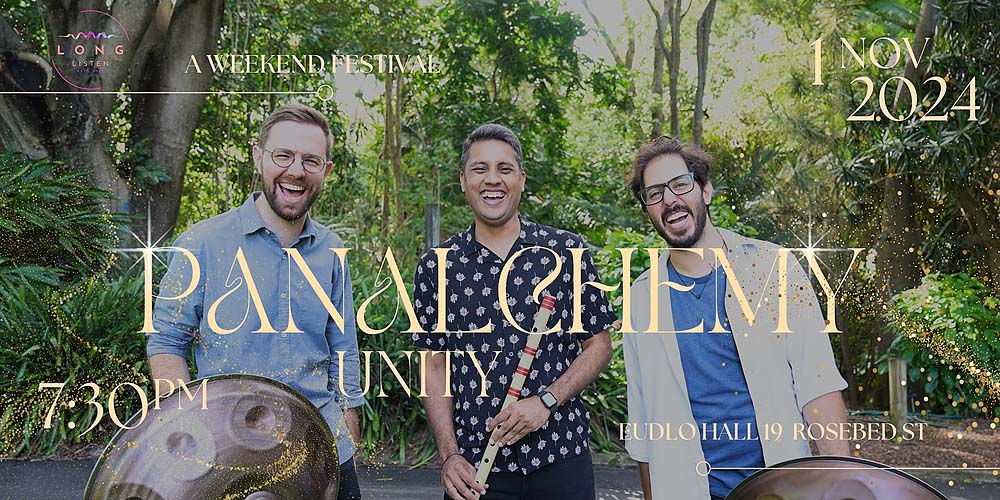

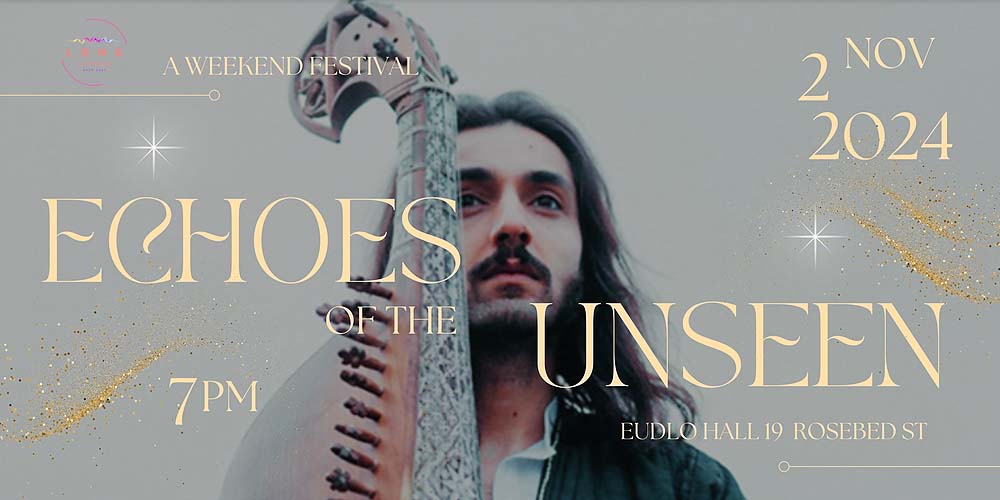
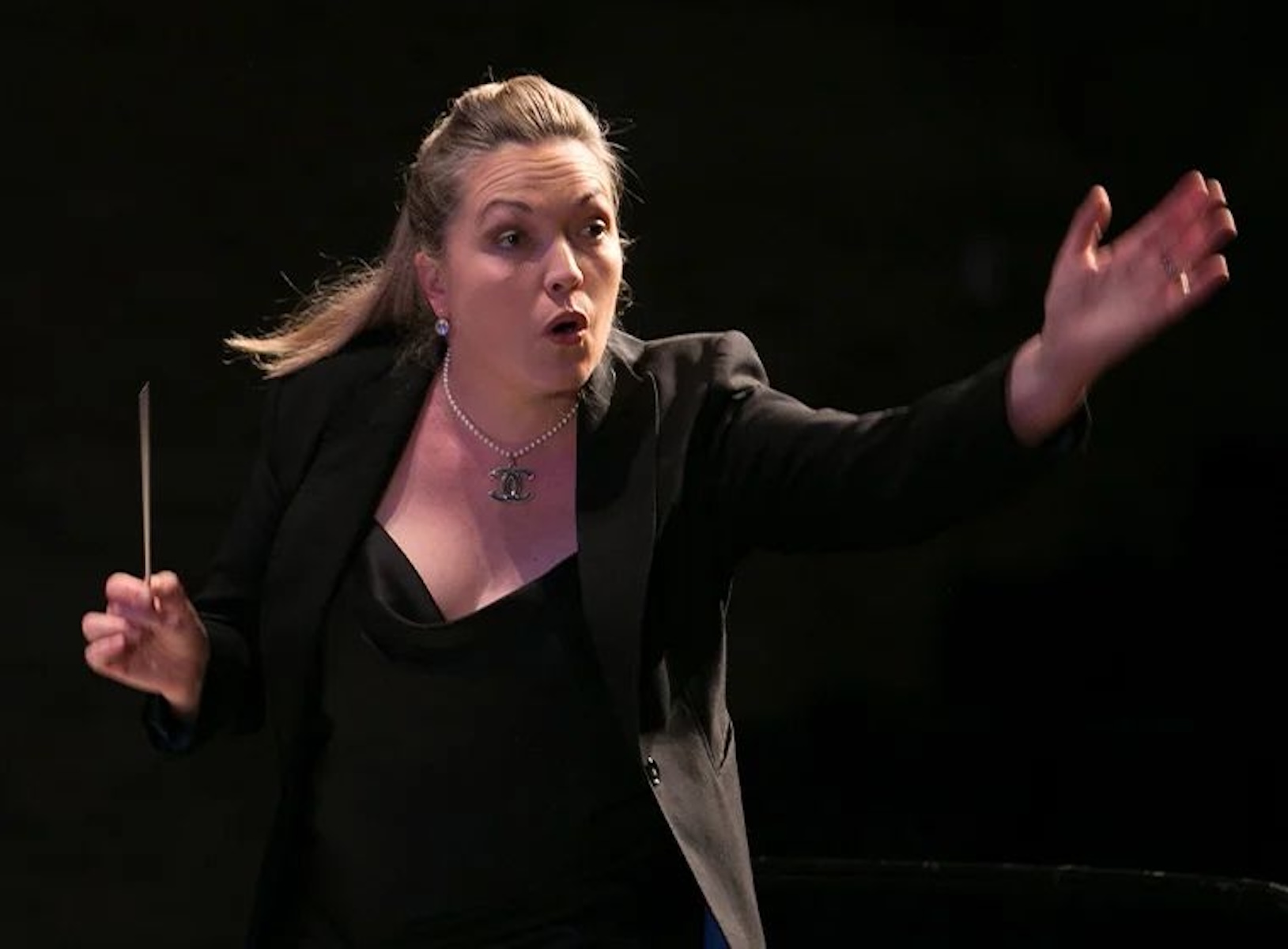
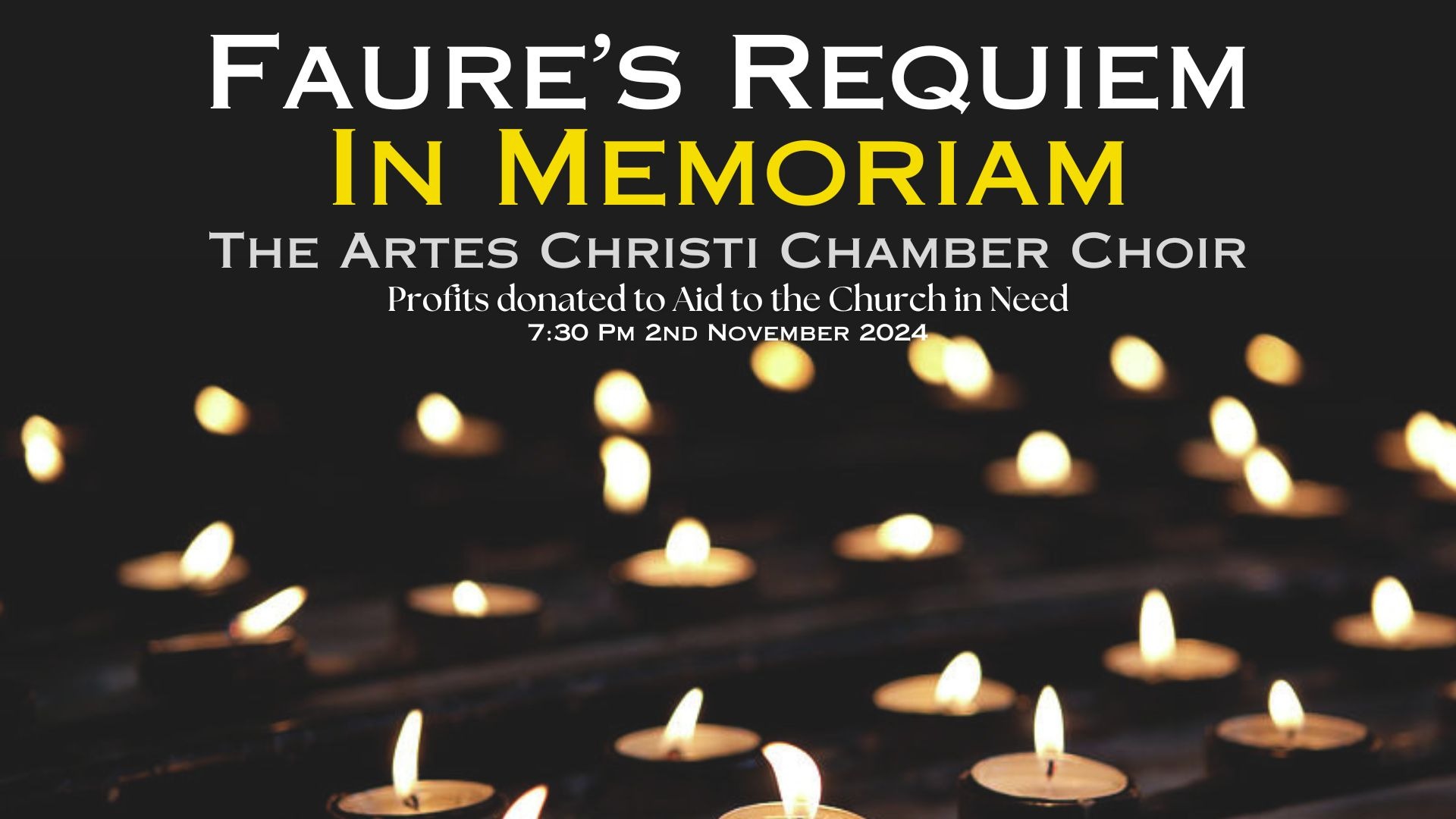
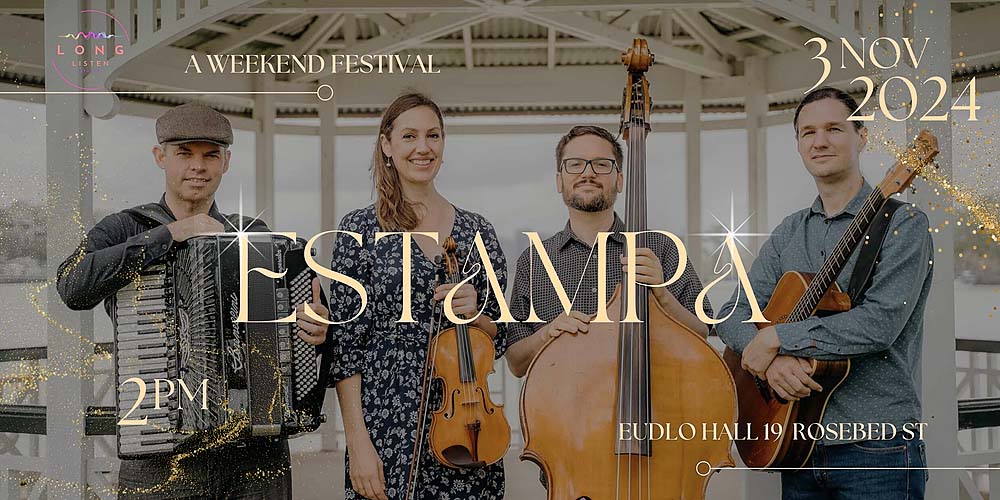





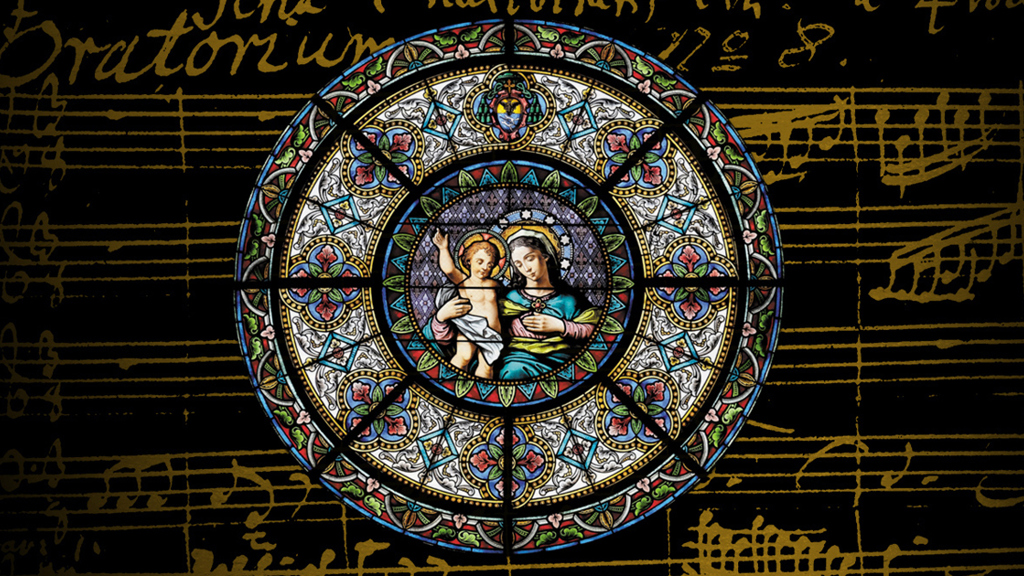
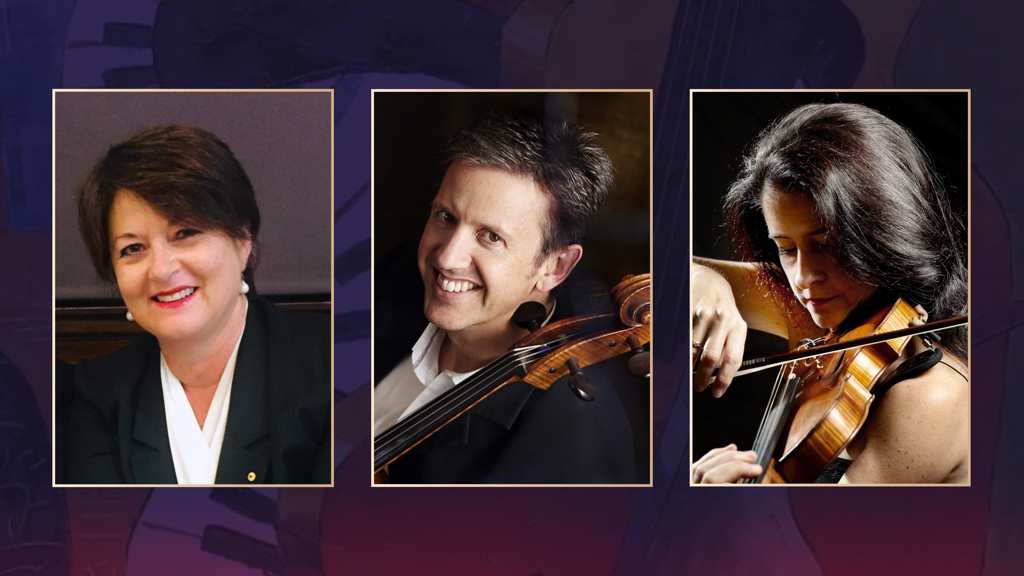

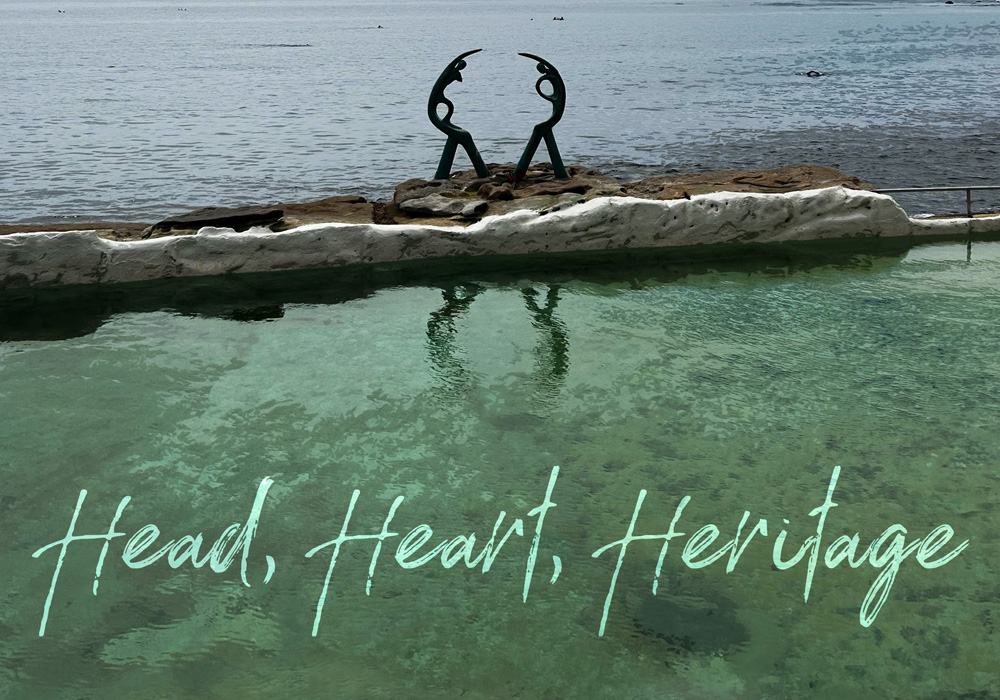
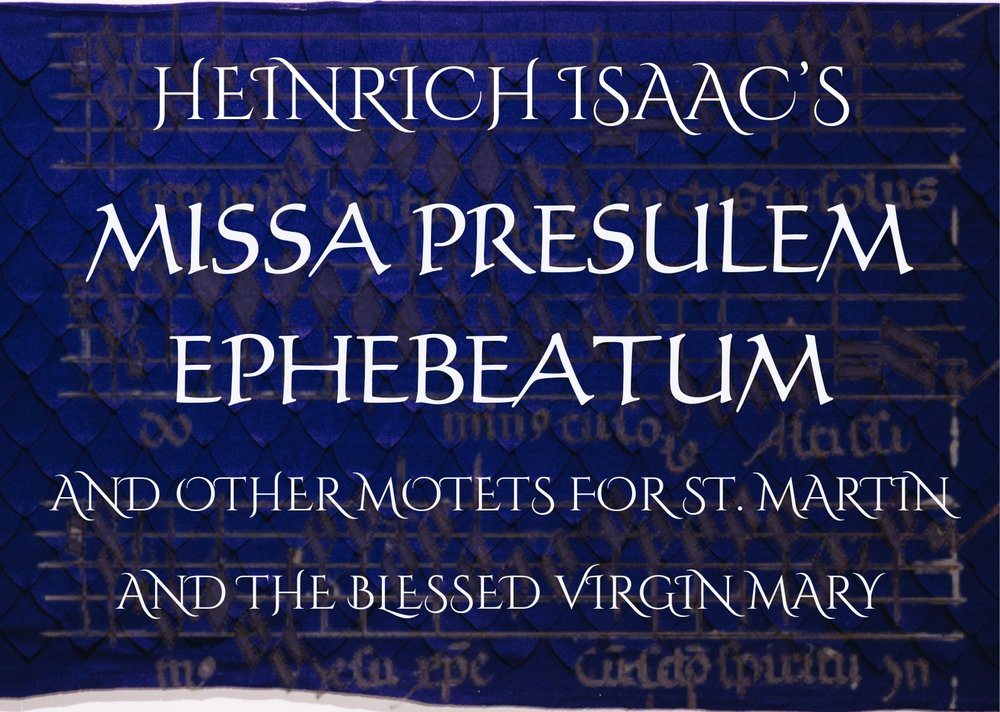

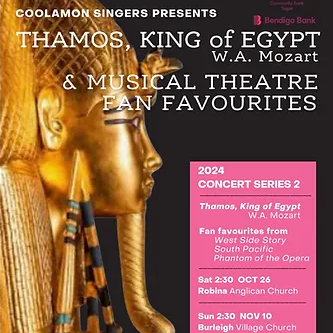
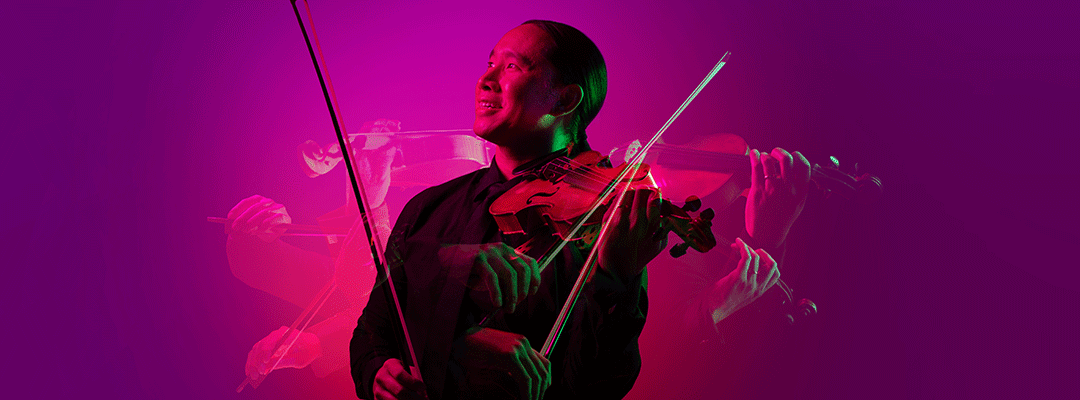


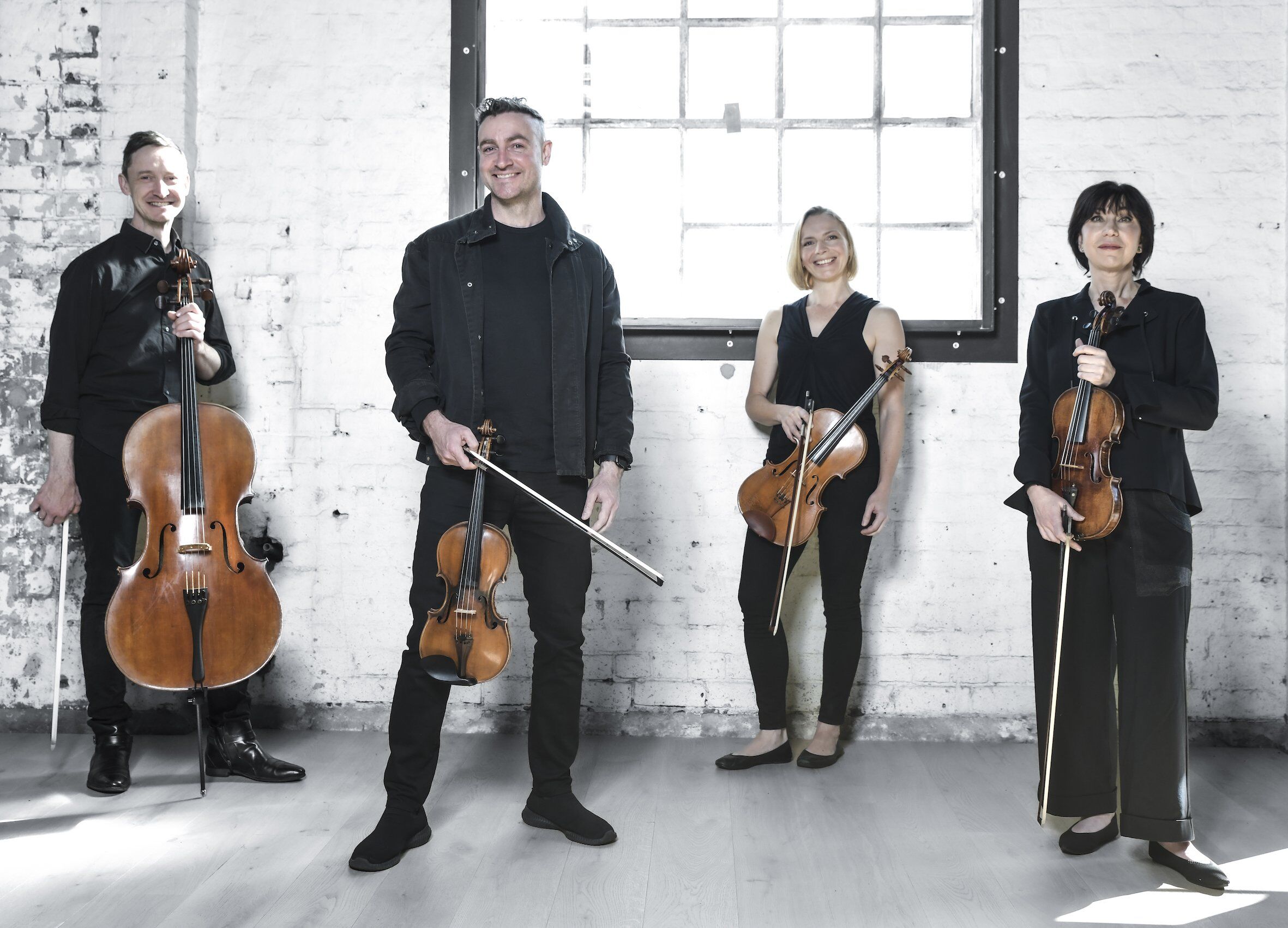

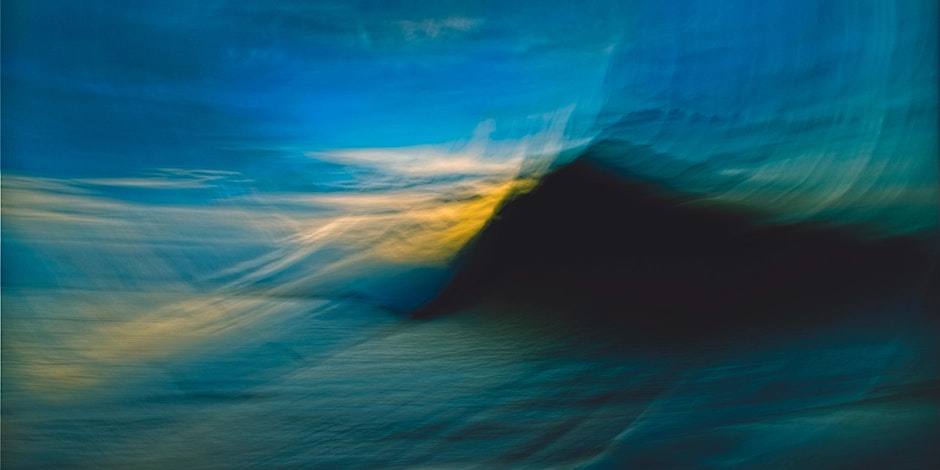



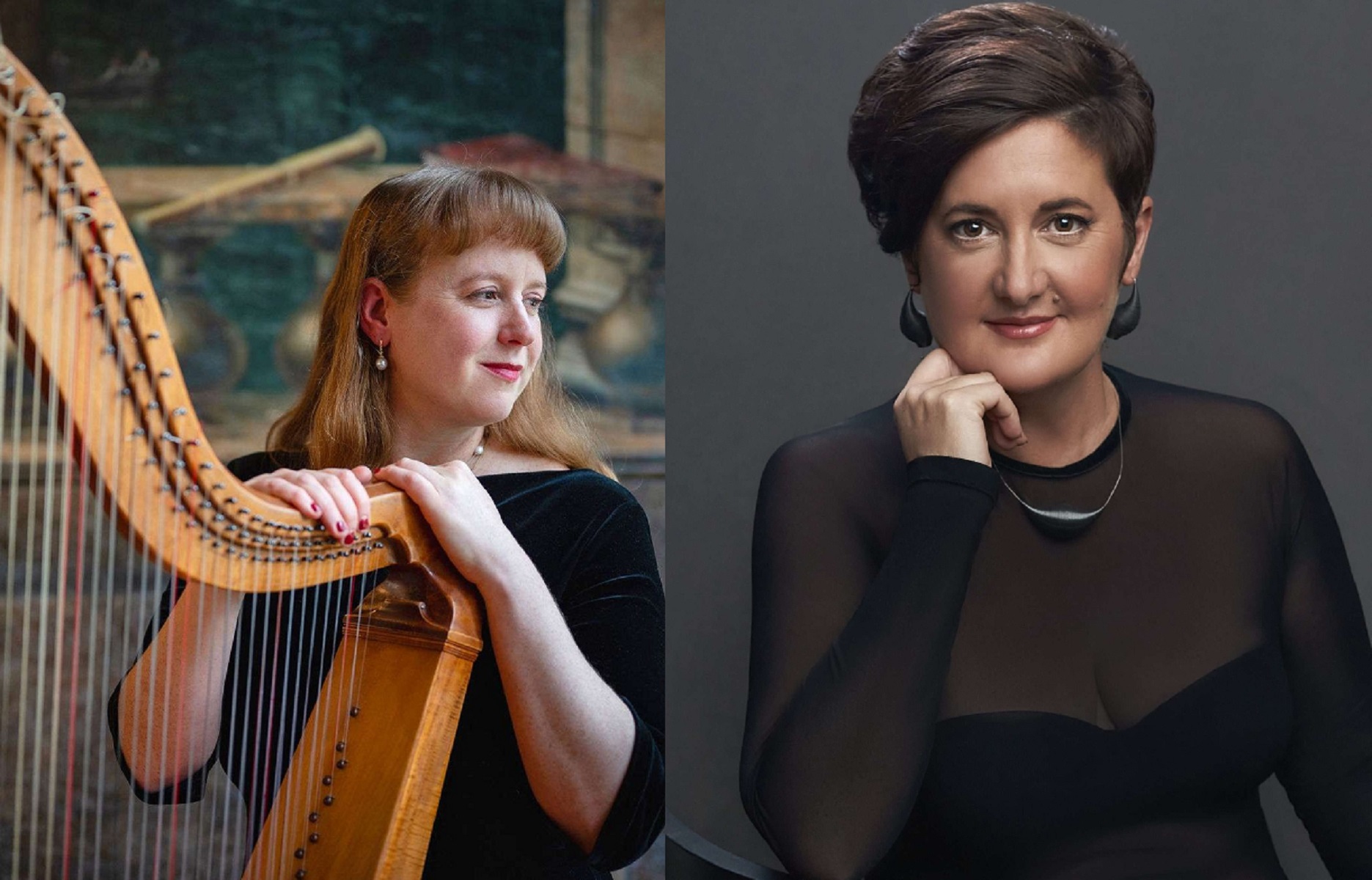
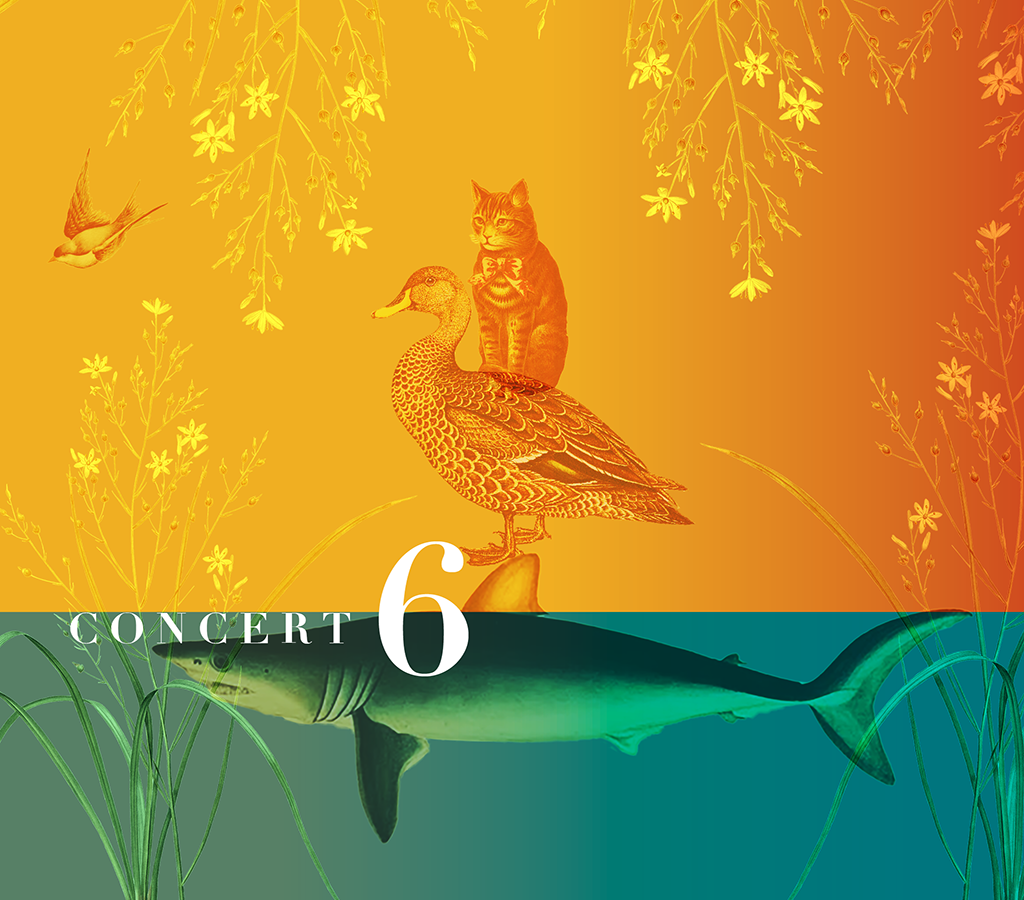

![user222 mrc mostlymozart [splendour of vienna] user222 mrc mostlymozart [splendour of vienna]](https://cdn-classikon.b-cdn.net/wp-content/uploads/2024/02/user222-mrc_mostlymozart_splendour_of_vienna.png)

